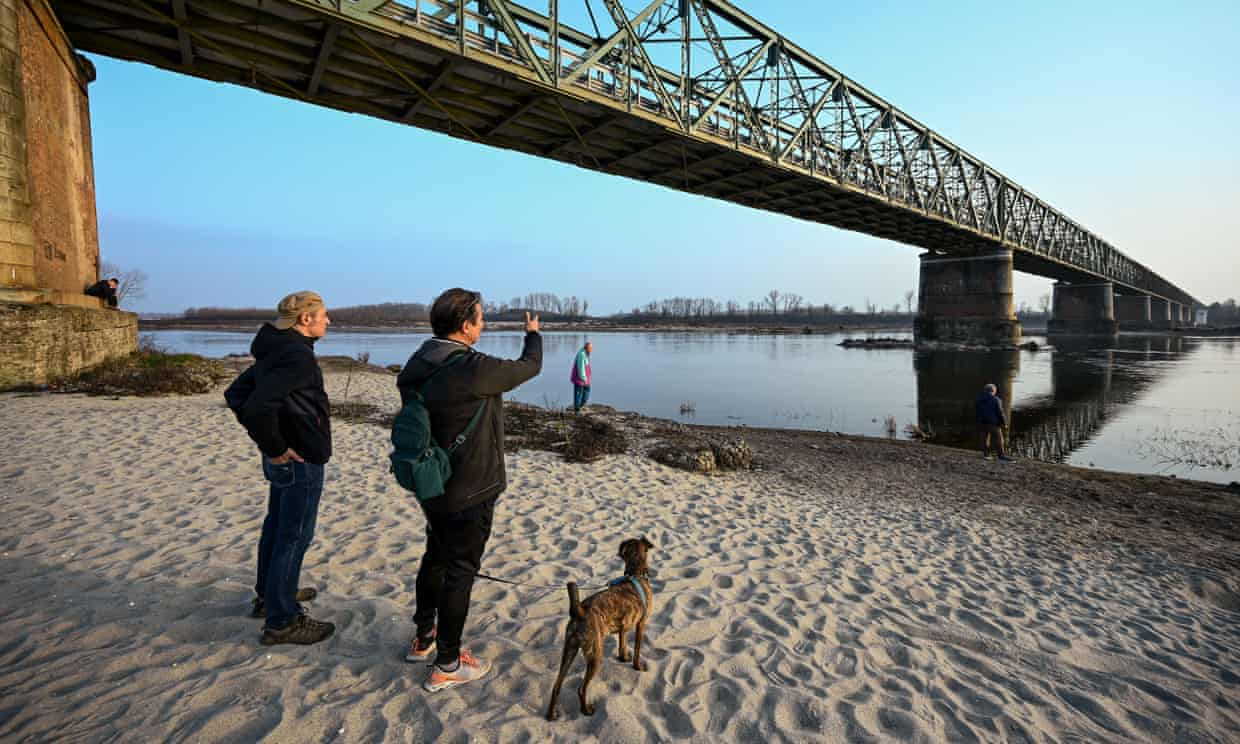
Extreme drought in northern Italy has doubled over the past two decades, creating a climate that increasingly mirrors that of Ethiopia and the Horn of Africa.
The southern Shabelle region of Ethiopia, which between 1980 and 2000 experienced numerous periods of flooding, is exhibiting a shift towards prolonged and severe drought, the analysis, published on Tuesday, shows. The Shabelle River, which is a major water source for Somalia, recently experienced the worst of the drought conditions in the Horn of Africa. The increased droughts are mirrored in northern Italy, and the research shows the number of intense dry spells experienced by both areas has more than doubled since 2000.
But as part of what researchers describe as a “climate hazard flip”, the droughts in both regions are punctuated by extreme rainfall causing devastating flooding, which was experienced in the Lombardy region of Italy this summer.
The flip of climate extremes is being experienced by millions of people living in some of the poorest areas of the world, where communities are often ill-equipped to deal with them, researchers say.
The data shows Mbale, an eastern region of Uganda in the shadow of Mount Elgon, is experiencing much wetter conditions, which has created unprecedented flooding over the past three years. WaterAid spoke to Okecho Opondo, a retired primary school teacher, who said the change in weather patterns was causing huge problems.
“We are in total confusion. The months that used to be rainy are now dry. When the rains come, they can be short yet heavy, leading to floods,” she said. “On other occasions the rainy periods are too long, leading to destruction of infrastructure and crop failure. And then the dry periods can be very long, further leading to crop failure and hunger.”